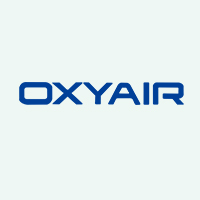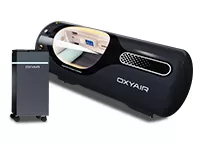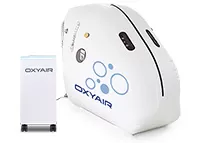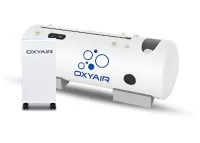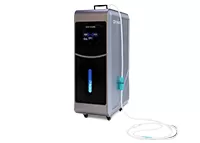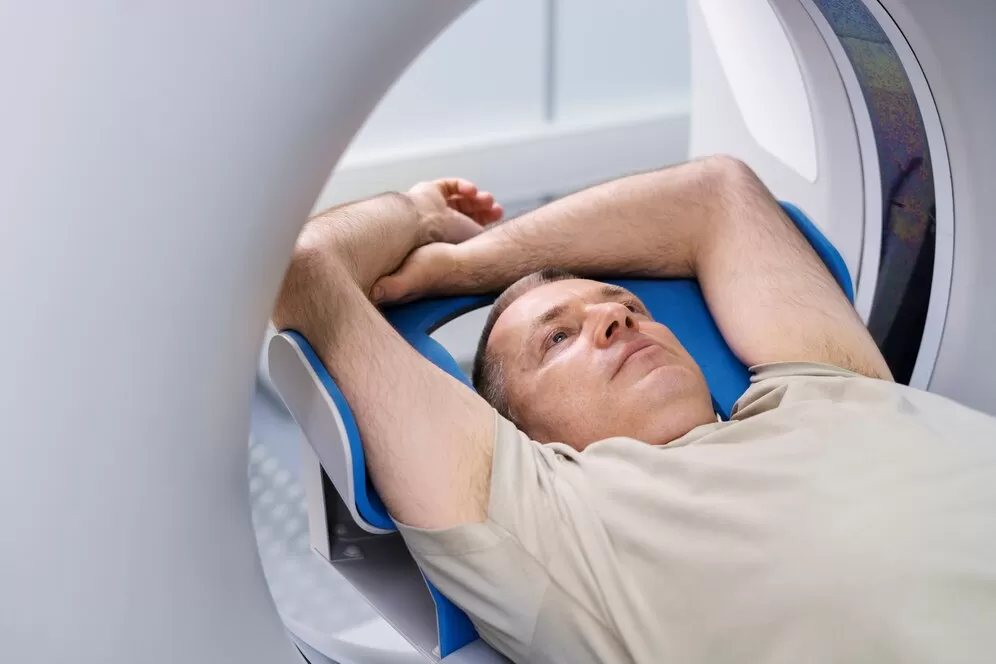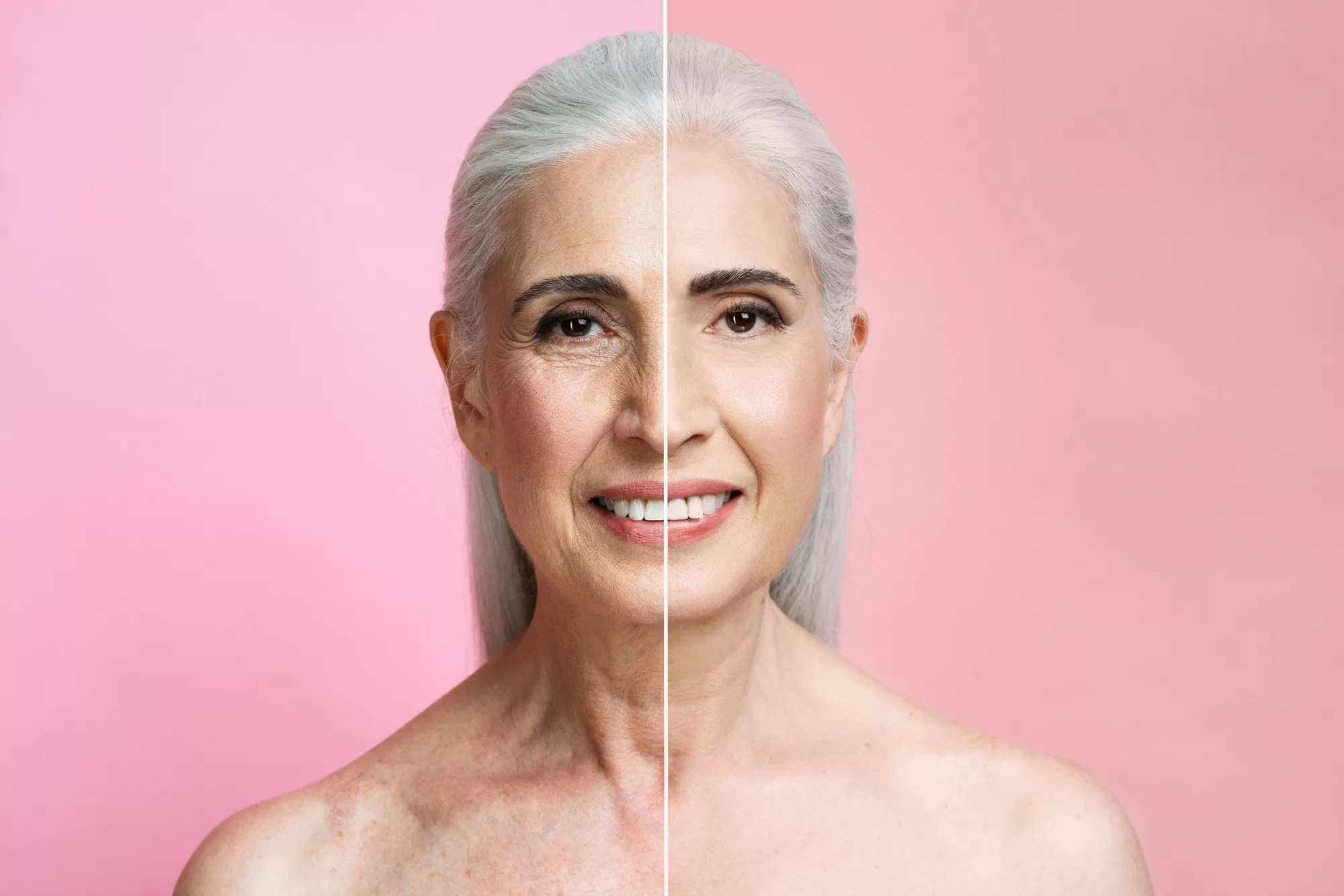Can Hyperbaric Chambers Heal Nerve Damage
Nerve Damage and Hyperbaric Oxygen Therapy(HBOT)
Understanding Nerve Damage
In 2021, more than 3 billion people worldwide suffer from neurological diseases, and this number will continue to increase in 2025. The top ten neurological diseases that cause health loss are stroke, neonatal encephalopathy (brain damage), migraine, dementia, diabetic neuropathy (nerve damage), meningitis, epilepsy, neurological complications of premature infants, autism spectrum disorders, and neurological cancers.
Overall, neurological diseases cause more disability and health loss in men than women, but some diseases, such as migraine or dementia, affect women particularly seriously.
Neurological damage is a condition in which the structural integrity of neural tissue is impaired, resulting in its normal function being affected. This damage can occur in the central nervous system (such as the brain and spinal cord) or the peripheral nervous system (nerves that connect the brain and spinal cord to the rest of the body). Neurological damage has various causes, including trauma, infection, metabolic disorders, poisoning, genetic diseases, autoimmune reactions, tumors, cerebrovascular disease, etc.
What are the symptoms of nerve damage?
The symptoms of nerve damage vary depending on the type and location of the damaged nerves and can be mainly divided into the following categories:
l Sensory impairment:
Including numbness, tingling, and decreased or lost sensation.
l Movement disorders:
Muscle weakness, paralysis, decreased coordination, or tremors.
l Autonomic dysfunction:
Susuchs blood pressure fluctuations, irregular heart rate, abnormal sweating, digestive problems, etc.
l Pain:
Neuropathic pain, which may occur without obvious stimulation.
l Muscle atrophy:
Muscles caused by nerve damage will gradually shrink due to long-term disuse.
l Reflex changes:
Reflexes are strengthened or weakened.
l Functional impairment:
Depending on the distribution of the damaged nerves, specific body functions may be affected, such as facial expressions, hand functions, walking ability, etc.
What is Hyperbaric Oxygen Therapy (HBOT)?
Hyperbaric Oxygen Therapy (HBOT) is a medical treatment that treats diseases by having patients breathe pure or highly concentrated oxygen in a sealed treatment chamber at a pressure higher than one atmosphere. The core principle of this treatment is to increase the oxygen level in the blood and tissues to promote the body's natural healing process, especially in hypoxic or ischemic conditions.
How Hyperbaric Chamber Therapy Works
Increase the amount of dissolved oxygen in the blood:
Under normal atmospheric pressure, most oxygen is carried by hemoglobin. However, under hyperbaric oxygen, the amount of oxygen dissolved in the plasma increases significantly, allowing more oxygen to be directly supplied to tissues even in areas where microcirculation is blocked.
Improves cell function:
Sufficient oxygen can promote the repair of damaged cells, enhance immune function, reduce inflammation, fight oxidative stress, and may stimulate angiogenesis, and improve blood circulation.
Promote tissue regeneration:
Hyperbaric oxygen helps accelerate wound healing and fight bacteria, especially some anaerobic bacteria.
What conditions can be treated with a hyperbaric oxygen chamber?
Hyperbaric oxygen therapy is widely used in a variety of medical fields, including but not limited to:
Ischemic injuries, such as recovery after myocardial infarction and limb ischemia.
Carbon monoxide poisoning helps quickly remove carbon monoxide from the body and restore the oxygen-carrying capacity of hemoglobin.
Treatment of chronic wounds and ulcers, such as diabetic foot.
Radiation injury, to help reduce tissue damage after radiation therapy.
Adjuvant treatment for certain types of nerve damage and brain damage.
Decompression sickness is commonly seen in divers who rapidly ascend to the surface and form nitrogen bubbles.
How can hyperbaric oxygen therapy help patients with nerve damage?
l Increases Oxygen Supply to Damaged Nerves
HBOT involves breathing 100% oxygen in a pressurized chamber, which dissolves more oxygen into the blood plasma.
This enhanced oxygenation helps reach damaged nerves, especially in areas with poor circulation, like diabetic neuropathy or spinal cord injuries.
l Reduces Inflammation and Oxidative Stress
Nerve injuries often trigger chronic inflammation, which can slow healing and worsen pain.
HBOT has been shown to reduce pro-inflammatory cytokines and oxidative stress, promoting a more favorable healing environment.
l Promotes Neurogenesis and Nerve Regeneration
HBOT stimulates stem cell activation and promotes the production of nerve growth factors (NGFs) like brain-derived neurotrophic factor (BDNF).
This supports the repair and regrowth of damaged neurons.
l Enhances Blood Flow and Angiogenesis
HBOT helps form new blood vessels (angiogenesis), improving circulation to nerve tissues that might be oxygen-starved due to injury or disease.
Better blood flow means more nutrients and oxygen reach the damaged nerves, speeding up recovery.
l Reduces Pain and Improves Nerve Function
Studies suggest that HBOT may help relieve neuropathic pain by modulating pain pathways in the nervous system.
Patients with conditions like diabetic neuropathy, traumatic brain injury (TBI), or stroke have reported improvements in sensation, movement, and cognitive function.
l Supports Healing in Specific Nerve Conditions
Diabetic Neuropathy: HBOT has been shown to improve symptoms and reduce foot ulcer risks.
Spinal Cord Injury: Some studies suggest HBOT may enhance motor function recovery.
Peripheral Nerve Injuries: HBOT may help repair nerve damage from trauma or surgery.
Stroke Rehabilitation: This can aid brain recovery by increasing oxygen to ischemic brain tissue.

